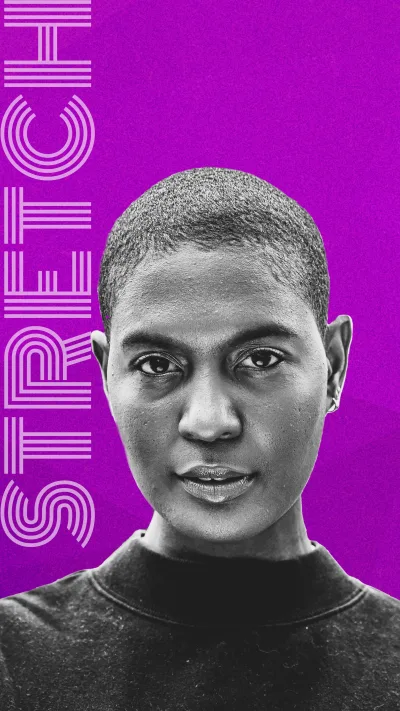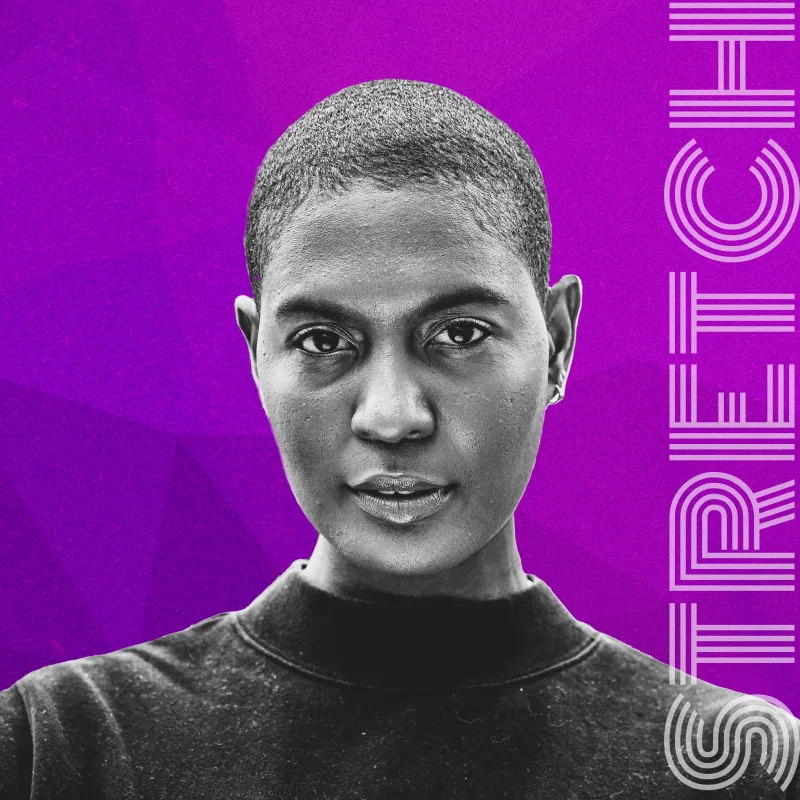This website uses cookies, belonging to us or third parties, to improve your experience, optimize performance and our services, understand your usage through analytics, and personalize advertising tailored to your interests on our site and third party sites. By continuing to use our site, you consent to such use of cookies. Please visit our Terms of Use and Privacy Policy where you can find out more about cookies and how to manage them.



A popular yoga pose, Cat-Cow, aims to reduce back pain and improve spinal flexibility. The two main positions are the cat pose and the cow pose. To awaken and mobilize the spine, improve flexibility, and relieve back strain, it is frequently used as a warm-up or light stretching exercise.
Cat-Cow's spontaneous movement may be adapted to suit the demands of each individual due to its fluidity and rhythm. This pose doesn’t only aid in the relief of back pain but also fosters a sense of relaxation and well-being by encouraging focus and a connection with the body.
The practitioner moves from a cat stance to a cow pose while inhaling. The spine is arched, the chest is opened, and the eyes are upward in this position. The front of the body, especially the chest, and abdomen, are stretched during this motion, which also gently bends the back. The cow stance helps to enhance posture, the spine's flexibility, and circulation.
A rhythmic movement that synchronizes breath with motion is experienced when the cat and cow stances are alternated. This not only improves the physical effects but also fosters mindfulness and a connection to the body. All practitioners, from newbies to seasoned yogis, can use Cat-Cow since it can be altered and tailored to meet specific needs. Regular Cat-Cow practice can result in a stronger, more flexible spine and a better overall sense of well-being.

A popular yoga pose, Cat-Cow, aims to reduce back pain and improve spinal flexibility. The two main positions are the cat pose and the cow pose. To awaken and mobilize the spine, improve flexibility, and relieve back strain, it is frequently used as a warm-up or light stretching exercise.
Cat-Cow's spontaneous movement may be adapted to suit the demands of each individual due to its fluidity and rhythm. This pose doesn’t only aid in the relief of back pain but also fosters a sense of relaxation and well-being by encouraging focus and a connection with the body.
The practitioner moves from a cat stance to a cow pose while inhaling. The spine is arched, the chest is opened, and the eyes are upward in this position. The front of the body, especially the chest, and abdomen, are stretched during this motion, which also gently bends the back. The cow stance helps to enhance posture, the spine's flexibility, and circulation.
A rhythmic movement that synchronizes breath with motion is experienced when the cat and cow stances are alternated. This not only improves the physical effects but also fosters mindfulness and a connection to the body. All practitioners, from newbies to seasoned yogis, can use Cat-Cow since it can be altered and tailored to meet specific needs. Regular Cat-Cow practice can result in a stronger, more flexible spine and a better overall sense of well-being.
You May Also Like

Sade Jones


